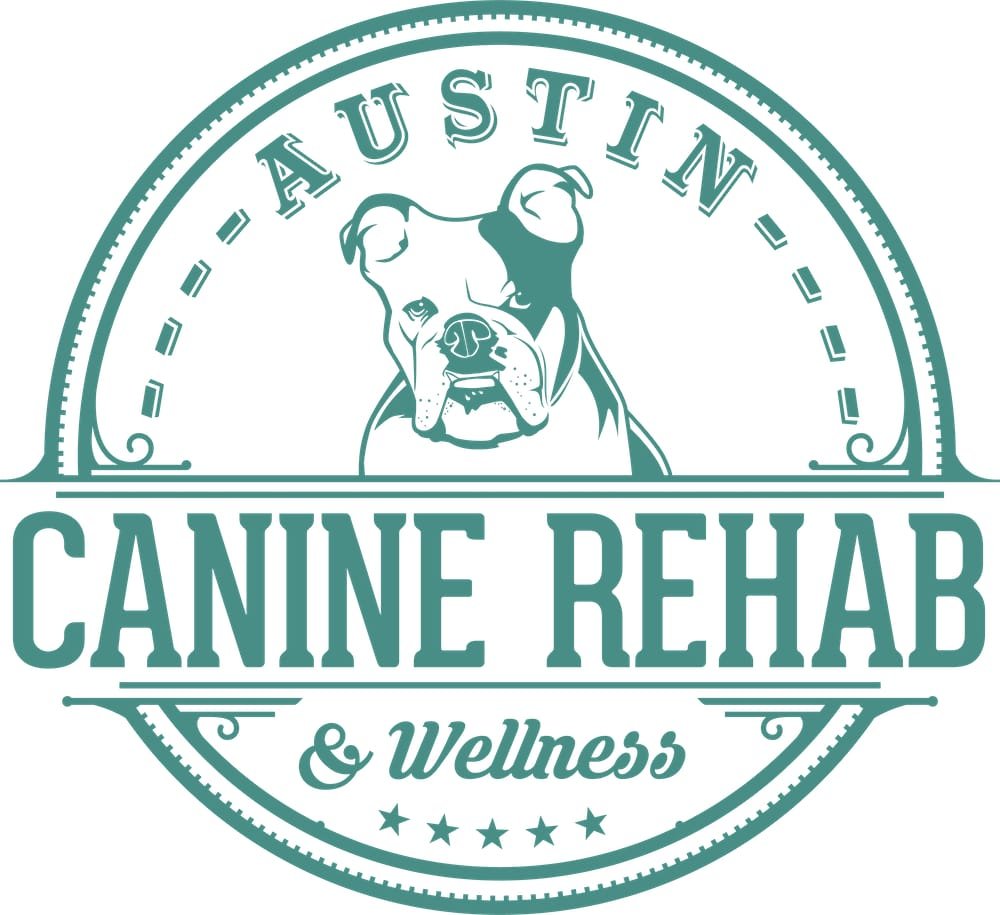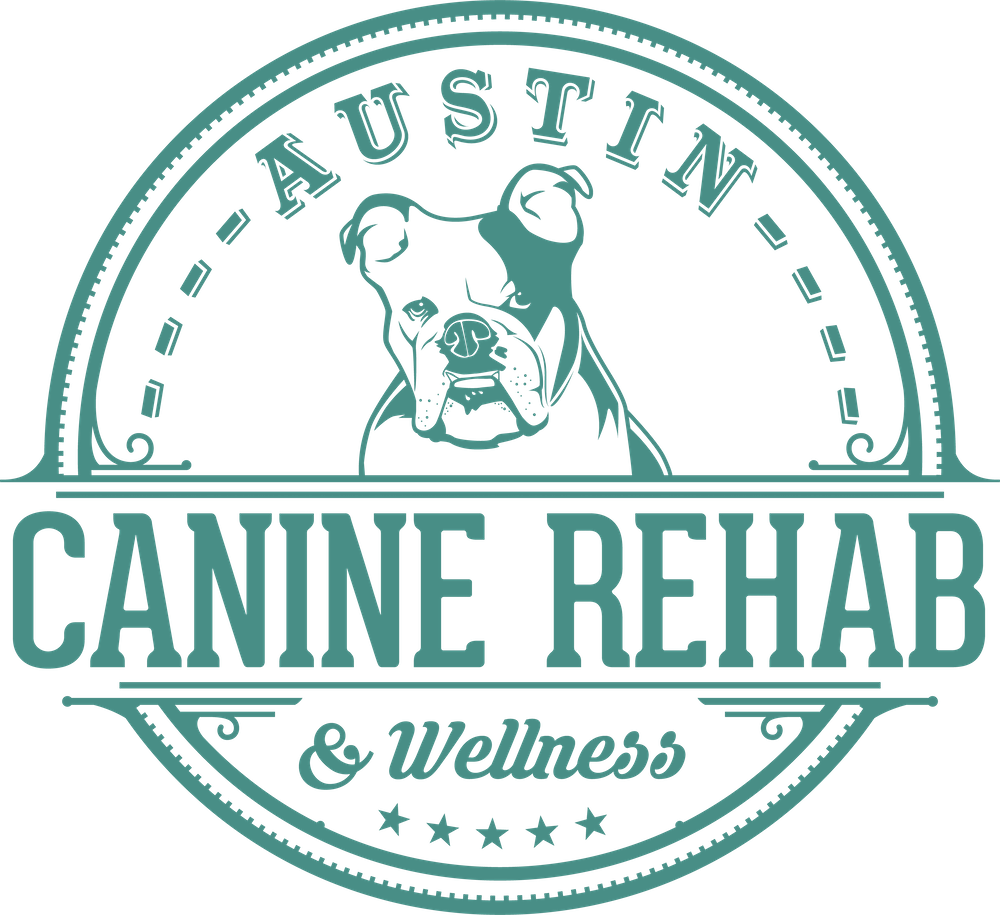Austin Canine Rehab & Wellness
Austin Canine Rehab & Wellness
How to Start a Career in Canine Rehab
Canine rehabilitation is a growing and rewarding field that blends principles of physical therapy and veterinary medicine to help dogs recover from injuries, surgeries, and chronic conditions. If you're passionate about animals and interested in improving their mobility and quality of life, you may be wondering how to break into this career. However, unlike some other animal-related professions, entry into canine rehabilitation requires a specific professional background.
Who Can Become a Canine Rehabilitation Professional?
To work in canine rehabilitation, you typically must have a background in one of the following professions:
Physical Therapists (PTs/DPTs)
Veterinarians (DVMs)
Veterinary Technicians (LVTs/RVTs/CVTs)
These professionals are qualified to pursue certification in canine rehabilitation due to their foundational education in anatomy, physiology, and clinical rehabilitation techniques. Other professions like Occupational Therapists and Chiropractors may also choose to purse canine rehabilitation as a specialization.
Educational Pathways to Canine Rehabilitation
For Physical Therapists
If you’re a licensed physical therapist, you already have a strong foundation in rehabilitation principles. To transition into the animal world, you’ll need additional education in veterinary rehabilitation, as animal anatomy, movement, and treatment protocols differ from humans. It is also important to know what your state’s PT and Vet practice acts say about canine rehabilitation.
For Veterinarians
Veterinarians who want to incorporate rehabilitation into their practice can expand their expertise through specialized training. While veterinary school covers general animal care, rehabilitation requires additional study in biomechanics, therapeutic exercises, and manual therapy techniques.
For Veterinary Technicians
Licensed veterinary technicians can also become certified in canine rehabilitation under the supervision of a veterinarian or a rehabilitation-certified physical therapist. This can be an excellent path for vet techs looking to expand their skills and work more hands-on in rehabilitation therapy.
Certification Programs in Canine Rehabilitation
Once you have a degree in one of the three qualifying fields, the next step is certification. A few well-recognized programs in the U.S. are:
Certified Canine Rehabilitation Therapist (CCRT) – Canine Rehabilitation Institute (CRI)
Transitional Canine Physical Therapist (tCPT) - CanineIQ (PTs only)
Companion Animal Rehabilitation Therapist (CCAT) - NC State/Northeast Seminars
Certified Canine Rehabilitation Practitioner (CCRP) – UT/VAHL
These programs require coursework, hands-on labs, and clinical experience. They cover essential topics such as canine anatomy, biomechanics, therapeutic exercises, and manual therapy techniques. Completing one of these programs is a critical step toward practicing canine rehabilitation professionally.
Gaining Hands-On Experience
While coursework is crucial, hands-on experience is just as important. Here’s how you can gain practical experience:
Shadow or intern with a certified canine rehab professional at a clinic or rehab facility.
Volunteer at animal hospitals, rescue organizations, or rehabilitation centers.
Work in a veterinary clinic that offers rehabilitation services to gain exposure before certification.
The more experience you gain working with animals in a rehab setting, the more comfortable and confident you’ll be in applying your skills.
Staying Connected and Continuing Education
Canine rehabilitation is an evolving field, so ongoing education is key. Attending conferences, workshops, and online courses will keep you up to date on the latest techniques and research. Professional organizations such as the American Association of Rehabilitation Veterinarians (AARV) and the International Association of Veterinary Rehabilitation and Physical Therapy (IAVRPT) offer valuable networking opportunities and resources.
If you are a PT, join the Animal Physical Therapy Special Interest Group (APTSIG) to get access to more resources for physical therapists interested in animal rehab and get in touch with your APTSIG State Liaison who can help you navigate your state’s legislation.
Is Canine Rehabilitation Right for You?
If you’re dedicated to helping animals and willing to invest in the necessary education and hands-on training, canine rehabilitation can be an incredibly fulfilling career. Whether you’re a physical therapist looking to transition into the animal world, a veterinarian wanting to expand your services, or a veterinary technician interested in rehab, the path is clear—you need the right qualifications, certification, and experience.
If you’re ready to start your journey, look into the various certification programs, connect with professionals in the field, and start gaining experience. Your future in canine rehabilitation starts with taking that first step!


